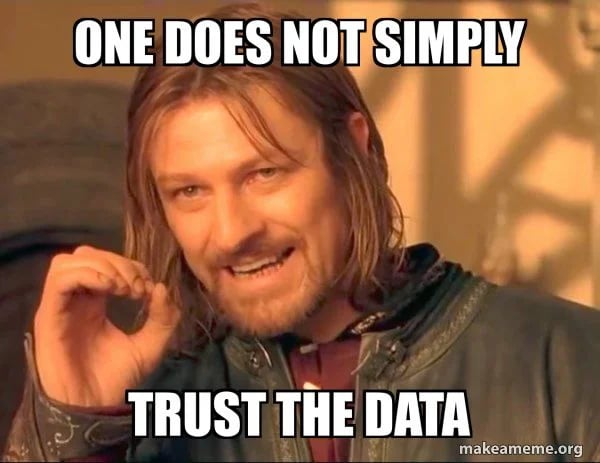Let’s talk about Trust…
Gabriel Marechal
3/11/20252 min read


Let’s talk about Trust...
Any interactions that a prospect / customer / partner has with your organization and your products & solutions will either reinforce or weaken that trust.
Trust is a core values at ForecaaS Software Inc., and there are a lot of great reasons why. Trust means everything to any business, it is the basis on which a prospect will become a customer, and equally as importantly, it is how you can ensure that this customer remains a customer.
If you’re a business like ours that works with RevOps or Finance functions, you know how these functions are critical for the organization to consistently produce accurate reports and metrics, allowing the organization to make decisions.
This translates into their persona to be driven by descriptors such as “risk-adverse”, “structure”, “reliable” and other adjectives that basically amount to “not receptive to flashy sales pitches, unclear ROI, or change for the sake of change”.
And that’s how they should be! Any discrepancy and delays in the metrics they provide has a huge impact on the ability of their organization to 𝘁𝗿𝘂𝘀𝘁 the data that they provide, and trust is key to ensure data evidence remains, and prevent opinions from appearing.
It’s not up to them to change how/when/why they buy, but up to you to adapt the approach so they trust not only your solution but you as an expert to steer them in the right direction throughout their full journey with you.
In the years since we launched ARRow #forecaasarrow, whenever I’ve noticed this shift in the conversations we have with our clients, I know we’ve built the right kind of relationship with them. Here is how that shift might sound like:
❄️ Initial conversations: This is how we calculate our metrics, we need you to replicate and improve the operational process.
🌤 Secondary conversations: These are our metrics, do we have all the important ones and are we measuring them correctly?
🌈 Ongoing conversations: These are our metrics, are they… good? (Ahh, the sweet spot!)
Because once we’ve automated the calculation of their recurring revenue metrics for high accuracy and reliability and get the organization all working from a single source of truth, it inevitably brings up additional questions on whether the original ways of presenting these numbers is the best one, or if there are other ways we can help present a meaningful story based on evidence, thus helping other departments (sales, customer success, marketing, product…) do their job better.
These are all questions I love helping to solve but seeing the evolution is especially rewarding – it shows not only a trust in our solution and expertise but the critical shift in the mindset of our clients from “Can you do this?” to “wow, I feel confident with the data and the reports, now what else can we do with it?”
And that last question, challenging as it can be to answer, is where true growth can occur and strategy be built out of.
ForecaaS Software
The Recurring Revenue Specialists for Salesforce
Questions?
© 2025. All rights reserved.
